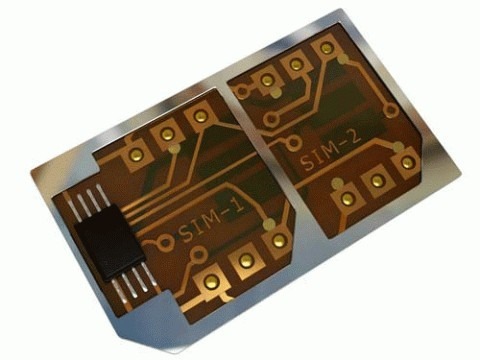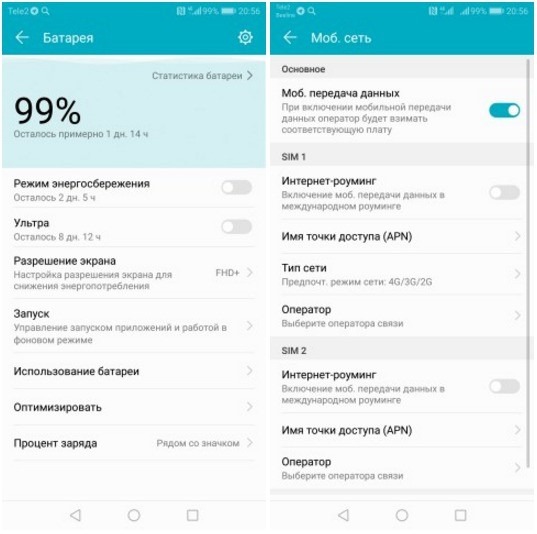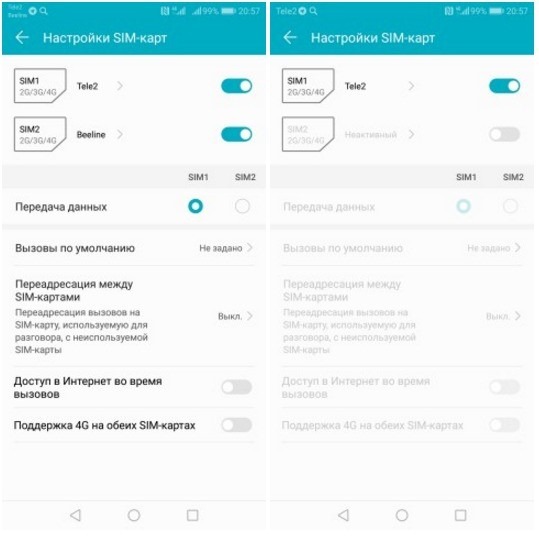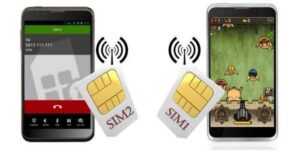SHARE WITH FRIENDS:
Today, it has become more difficult to find single-slot smartphones for SIM-cards than double-slot ones. Not even the flagships were left out of such a change - not to mention Apple and Google. They still haven’t offered “two-cell” smartphones. The popularity of such gadgets is that they are convenient and necessary. However, there are rumors that smartphones with two SIM-cards will quickly lose power. This is definitely annoying, especially if not every dom uses a second SIM card. So, the experts, who decided to answer the question of whether such a concern is justified, examined how smartphones with two and one SIM-card work independently on specific tasks.
What are the options for using a SIM card?
The possibility of using two SIM-cards appeared up to a device with two SIM-slots. The use of adapters and software SIM cards at about the same time has become a widespread tradition. To use the adapter, the chips had to be cut from the original SIM card, and for software SIM cards, a programmer was needed, which would allow the data to be computed with operator cards. Also, two solutions have been combined to use up to eight numbers on a single phone, and a single solution has been developed.

As a result of the mass transition of operators to the new standards of chip protection, SIM-cards can no longer be counted by the programmer, and adapters, although seemingly unusual, are still produced, and among those iPhone holders have their modest instead of.

At first, the adventures between the SIM-cards began as soon as the phone was turned on again (or turn off the air mode on the communicators), then there were other options: via the SIM-menu or even when calling a special number . By the way, the last two methods would often not work, and users of adapters and software cards would have to restart their gadgets anyway. Of course, working with two SIM cards would not be much better now: the phone will always see only one card, and to make or receive a call through another SIM card, the gadget would have to be restarted manually.

After realizing the high demand for the use of two SIM-cards, manufacturers began to install this solution directly on the device itself. At first, it was already forgotten Dual SIM Single Standby (DSSS) technology has emerged. It required manual transfer to the required card, such as an adapter, so it only appeared on a few phones, such as the Nokia C1-00.

The next step in the development path was, of course, the use of two receivers and transmitters at the same time for each SIM card in these phones. Dual SIM Dual Active (DSDA) technology has made it possible to receive calls on both numbers at the same time. But as expected, the high quality of signal reception and data transfer speed naturally depleted the battery quickly and led to the cost of the gadget. Dual radio module smartphones are not currently released much. For example, one such DSDA device is the Honor 8.

Finally, Dual SIM Dual Standby (DSDS) With the advent of technology, a balance has been found between price, energy consumption and convenience. DSDS is used in most modern smartphones and requires only one radio module, access to the SIM card is provided by temporary multiplexing. This allows you to receive a call at any time of the day, from any SIM-card, and does not restrict your access to the Internet or sending SMS. However, when you are actively calling on one SIM card, you cannot call on another. Although this is not required by standard, almost all devices that use DSDS have two IMEI numbers. Otherwise, the use of two SIM cards from one operator could cause conflict.
Does a dual SIM card drain power quickly?
Although DSDS-smartphones were originally intended to avoid the problem of high power consumption when using two SIM-cards, experts did not believe in the theoretical side and decided to test the gadgets in real-world conditions. Honor View 10 with DSDS built-in was chosen as an experiment because it was the most popular device that works with two SIM cards. All energy-saving functions were activated, SIM-card settings were disabled.

The experimenters have compiled a collection of three scenarios for using a smartphone in our daily lives:
* online games - World of Tanks for 30 minutes in high light conditions of the screen;
* surfing and special networks - 30 minutes of use of Chrome, Facebook and Telegram in the average light of the display;
* chat - a 30-minute call via mobile phone with the screen off;
* standby mode - 12 hours on the display.
Each test was applied twice for two and one SIM card. In the latter case, the second SIM card was not removed from the gadget, it was simply removed from the smartphone menu.

After performing the tests, the experts measured the percentage of discharge of the smartphone battery and entered the results in the table:

